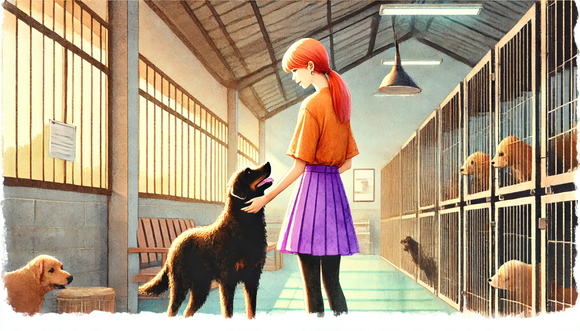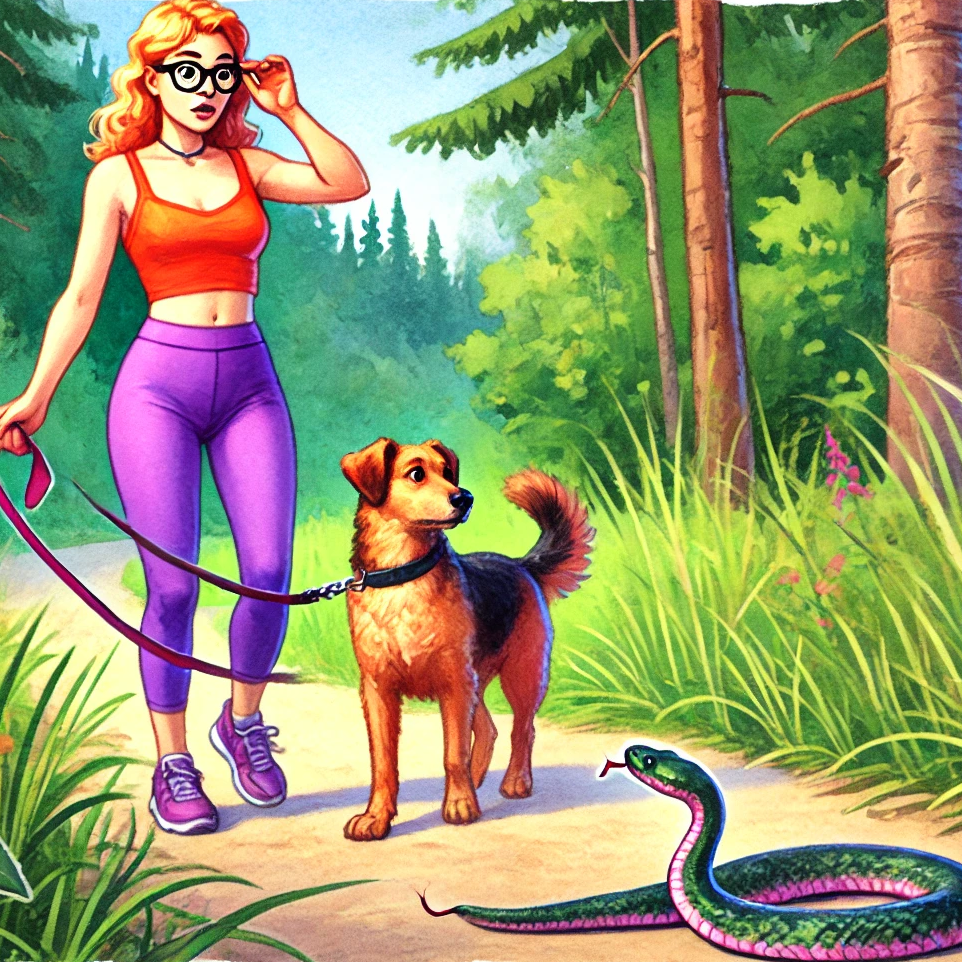Black dogs: The invisible four-legged friends - Why their placement is so difficult

The phenomenon: What is Black Dog Syndrome?
The so-called Black Dog Syndrome describes the observation that black dogs are adopted less frequently in animal shelters and therefore have to wait longer for a new home. This affects dogs of all sizes and breeds, as long as their coat is predominantly black. But why is this the case? Is it really just down to the color of the coat?
The role of prejudice and superstition
Deep-rooted prejudices and superstitions are an important factor. In many cultures, black animals, especially black cats and dogs, are associated with bad luck or bad omens. These negative associations can unconsciously influence the decision of potential adopters.
The problem of visibility
Black dogs also have a harder time showing up well in photos. Their facial features and expressions are often harder to make out, especially if the lighting is not optimal. As a result, they appear less conspicuous and therefore less attractive at first glance.
The competition at the shelter
In a shelter where there are many dogs vying for attention, colorful and brighter dogs are more likely to catch the eye. Black dogs literally disappear into the background, which further reduces their chances of being adopted quickly.
Facts and figures: How big is the problem?
Various studies and surveys have shown that black dogs actually stay in shelters longer. A study by the ASPCA (American Society for the Prevention of Cruelty to Animals) found that black dogs often have to wait up to four times longer for adoption than their lighter-colored counterparts. Animal shelters and animal welfare organizations report a similar picture in Germany.
Ways to improve: how can we help?
There are many ways to raise awareness of Black Dog Syndrome and support black dogs in the adoption process. Here are some approaches that are already being successfully implemented:
Better photos and presentations
A good photo can make all the difference. Shelters and animal welfare organizations can hire professional photographers or train volunteers to show black dogs in their best light. Bright backgrounds, good lighting and accessories such as colorful collars or scarves can help the dogs stand out.
Positive stories and testimonials
Tell the stories of black dogs that have already been successfully rehomed. Positive testimonials from adopters can encourage others to give a black dog a chance. Personal stories and emotional connections are often more powerful than bare facts.
Education and awareness-raising
Information campaigns and events can help to break down prejudices and change people's perceptions. By educating people about Black Dog Syndrome and the wonderful qualities of black dogs, we can raise awareness in society.
Special adoption events
Some shelters organize special adoption events or offer discounts for adopting black dogs. Such campaigns can help to draw attention to these often overlooked four-legged friends.
Conclusion: A heart for black dogs
Black dogs are just as lovable and loyal as their more colorful counterparts. They deserve a fair chance at a happy life in a loving home. By breaking down prejudice, increasing their visibility and sharing positive stories, together we can help ensure that black dogs no longer remain the invisible four-legged friends. Next time you're looking for a new furry friend, think of the black dogs and give them a chance - you won't regret it!
More articles for you
Contact form problem fixed
Unfortunately, our contact form has not worked as desired in recent weeks. 😔 Due to an error in the spam detection, normal messages were also incorrectly filtered out.Read moreDangerous encounter: What you should do if your dog is bitten by a snake
It's every dog owner's nightmare: you're out in nature with your four-legged friend, he's sniffing the ground curiously, and suddenly you hear a hissing sound. Before you know it, your dog flinches and you recognize the signs of a snake bite. But don't panic! In this article, you will learn how to…Read moreWhat you should know about cherries for dogs
You may have heard that cherries are good for your health. They contain lots of vitamins, antioxidants and fiber, which can strengthen the immune system and aid digestion. But are cherries also suitable for dogs? And if so, how much and in what form should you offer them to your four-legged friend?…Read more


